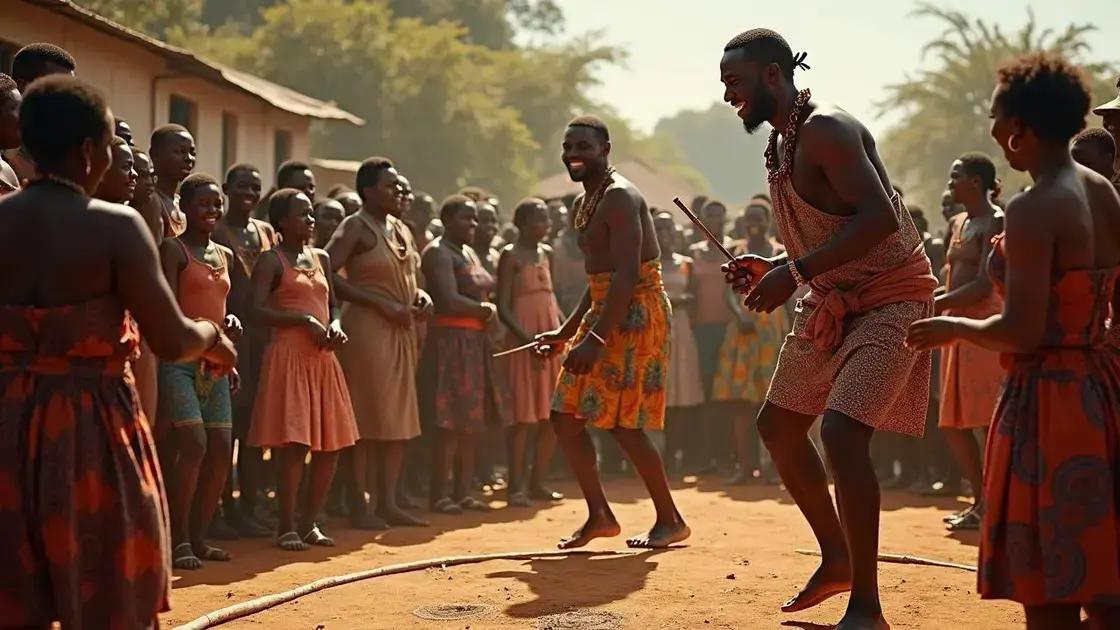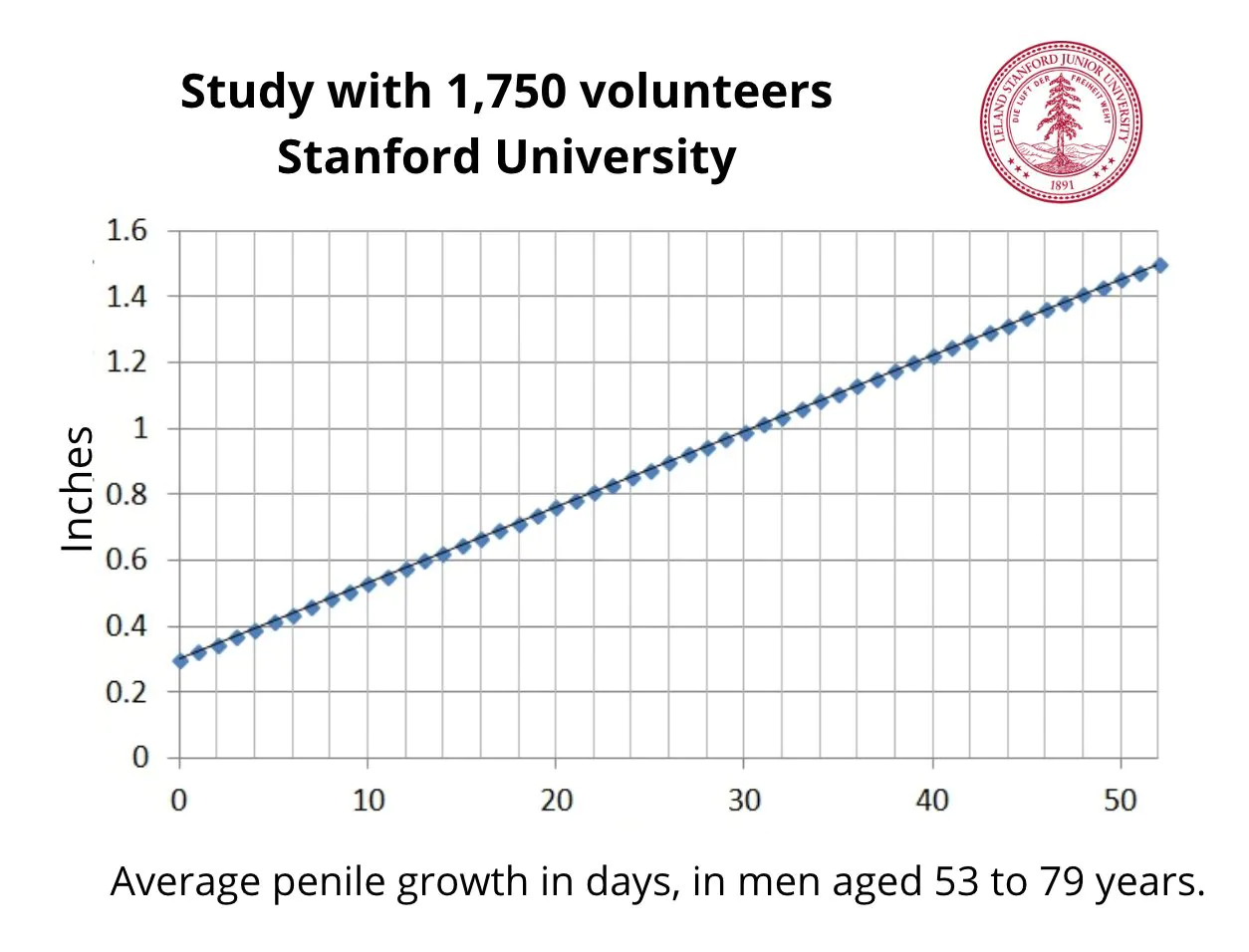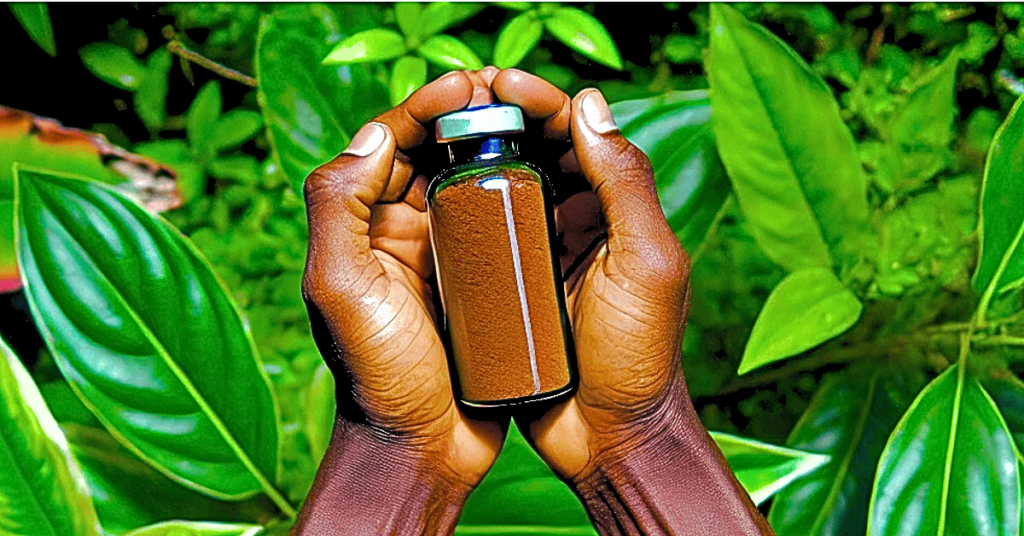The African Trick requires key ingredients such as cultural stories, common materials like ropes and cloth, skilled performers, and community involvement to create engaging and interactive performances that preserve cultural heritage.
The African Trick has captivated many with its intriguing methods and practices. Many wonder, does the African Trick require any special ingredients? This question is crucial for enthusiasts who wish to understand the authentic essence of this fascinating cultural practice. In this article, we will delve into what the African Trick entails and explore key ingredients that are integral to its execution.
Understanding the African Trick

Understanding the African Trick involves delving into its cultural significance and the techniques used to perform it. This practice is often infused with rich traditions that vary across regions in Africa. Various communities adopt their unique styles, thereby adding to the depth and diversity of the African Trick.
One aspect that stands out is the purpose behind the African Trick. Historically, it has been used in storytelling, entertainment, and community bonding. These performances often draw inspiration from folklore and are vital for sharing cultural heritage across generations.
Techniques and Methods
To truly understand the African Trick, one must look at its methods. These can include clever illusions, quick hand movements, and interactive storytelling that engages the audience. Audience participation is also a crucial element, as it fosters a sense of community and shared experience.
The variety of techniques used in the African Trick ensures that it remains a dynamic form of expression. Different regions might use local materials and resources, showcasing the creativity inherent in their approaches. Additionally, elements such as music and dance often accompany these tricks, elevating the overall experience.
Cultural Impact
The cultural impact of the African Trick extends beyond entertainment. It plays a significant role in cultural education, helping younger generations learn about their history and values. Performers often take on the responsibility of passing down knowledge through their art, ensuring that traditions are preserved even as they evolve.
Understanding the African Trick is vital for appreciating its role in society. Not only does it entertain, but it also fosters connections and tells stories that are crucial to the identity of various communities. As more people engage with this art form, it contributes to a broader understanding of African cultures.
Key Ingredients for the African Trick

Key Ingredients for the African Trick go beyond just physical components; they involve cultural elements that enrich the practice. Understanding these ingredients helps appreciate the complexity behind the African Trick.
First, cultural stories play a significant role. Each performance often draws from folklore or local legends that give meaning to the tricks. These stories are passed down through generations, connecting the past with the present.
Materials and Tools
In terms of materials, performers might use everyday objects like ropes, sticks, or cloth. The creativity shown in transforming simple items into tools of magic is essential. These tools help in visual storytelling and engage the audience’s imagination.
Additionally, the skills of the performer are a key ingredient. A deep understanding of body language, expression, and timing can make the difference between an ordinary performance and an exceptional one. Each performer adds their unique flair to the tricks, showcasing different styles and techniques.
Community Involvement
Another vital ingredient is community involvement. The African Trick thrives on audience engagement and participation. When audience members interact with performers, it creates a lively atmosphere and enhances the overall experience.
Thus, the combination of cultural stories, materials, performer skills, and community participation all contribute to the rich tapestry that is the African Trick. Recognizing these key ingredients helps illuminate the artistry involved in this fascinating practice.
Understanding the Importance of the African Trick
The African Trick is not just a display of skill; it embodies rich cultural narratives and community bonding. By exploring the unique techniques and engaging with the key ingredients, we appreciate the artistry behind these performances.
Recognizing the importance of cultural stories, materials, performer skills, and audience participation illuminates the significant role this practice plays in preserving African heritage.
As more people become aware of the intricacies involved in the African Trick, it encourages the appreciation and continuation of these vibrant traditions.
The African Trick serves as a reminder of the creativity and connection within communities, making it a valuable aspect of cultural expression.
FAQ – Frequently Asked Questions about the African Trick
What is the African Trick?
The African Trick is a cultural performance that combines storytelling, illusions, and community interaction, often rooted in local folklore.
Do I need special ingredients to perform the African Trick?
While not necessarily ‘special’, key ingredients include cultural stories, materials like ropes and cloth, performer skills, and community involvement.
How does community involvement enhance the African Trick?
Community involvement engages the audience, making performances more interactive and enriching the overall experience.
Are there different styles of the African Trick?
Yes, different regions have unique styles of the African Trick, incorporating local traditions and techniques that reflect their cultural heritage.
What role do stories play in the African Trick?
Stories are fundamental, as they connect performances to cultural history, allowing audiences to learn and appreciate the context of the tricks.
Can anyone learn to perform the African Trick?
Yes, with interest and practice, anyone can learn the skills necessary to perform the African Trick, including storytelling and illusion techniques.












